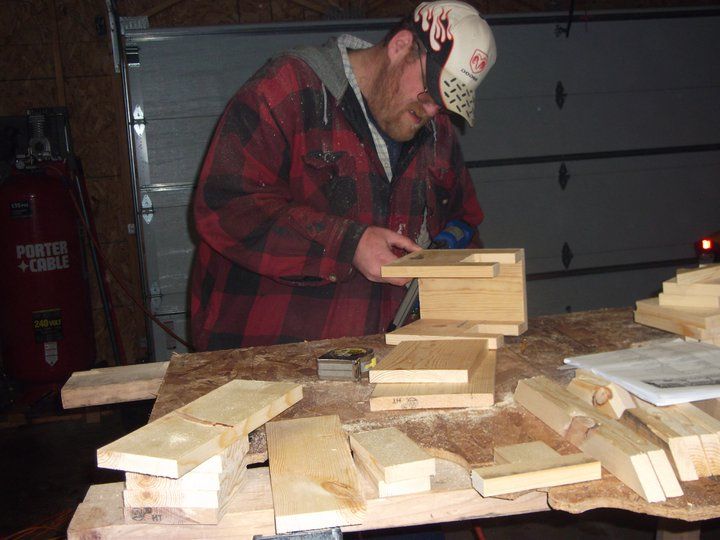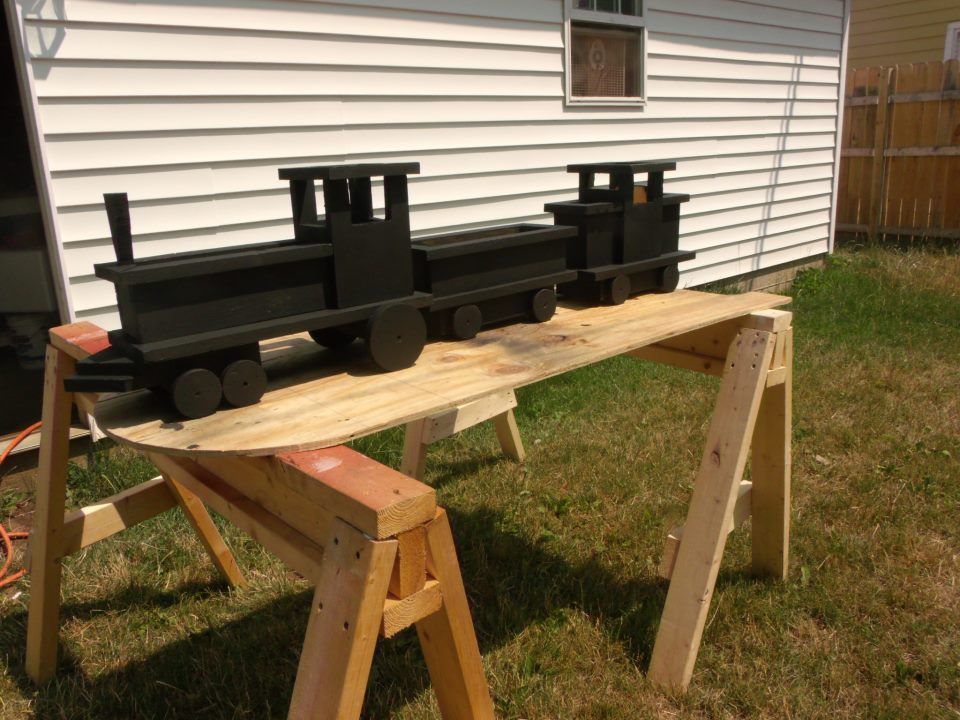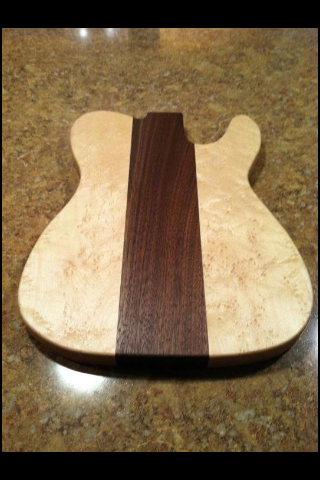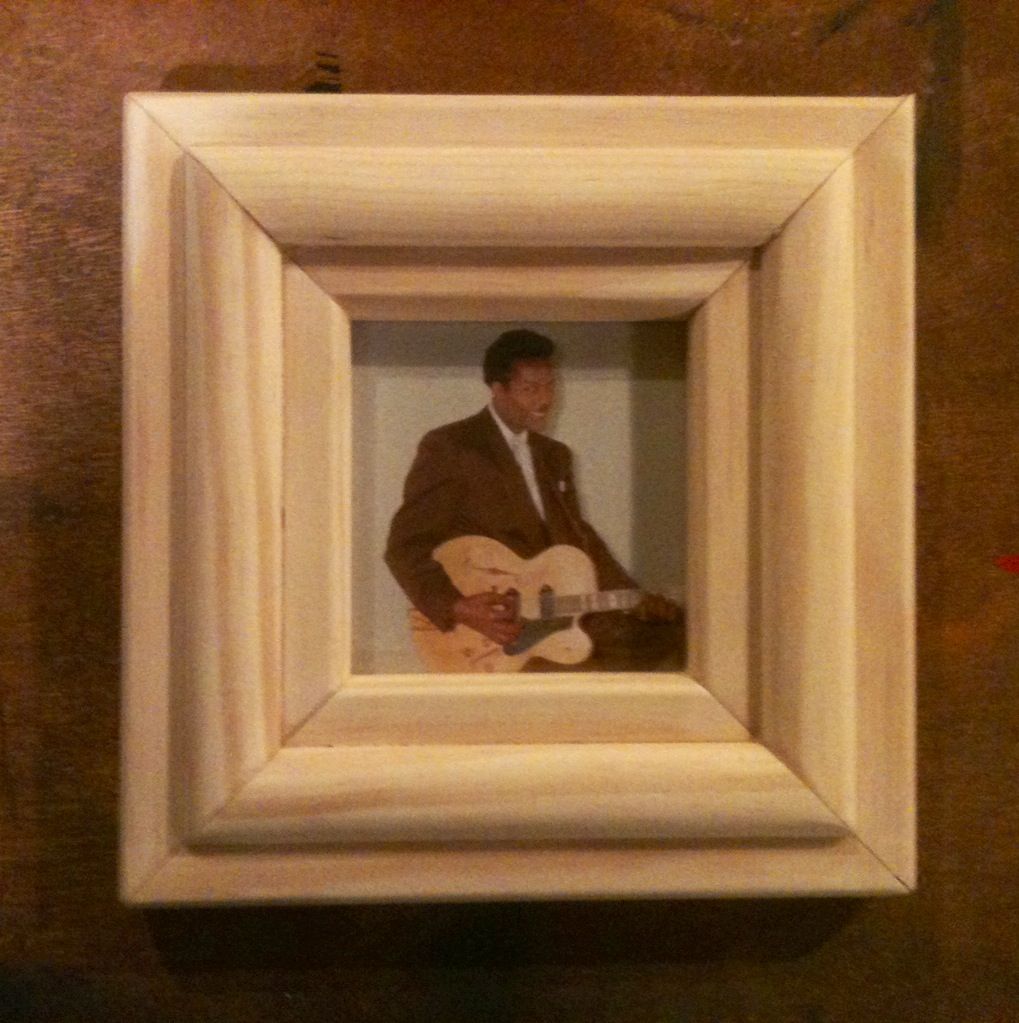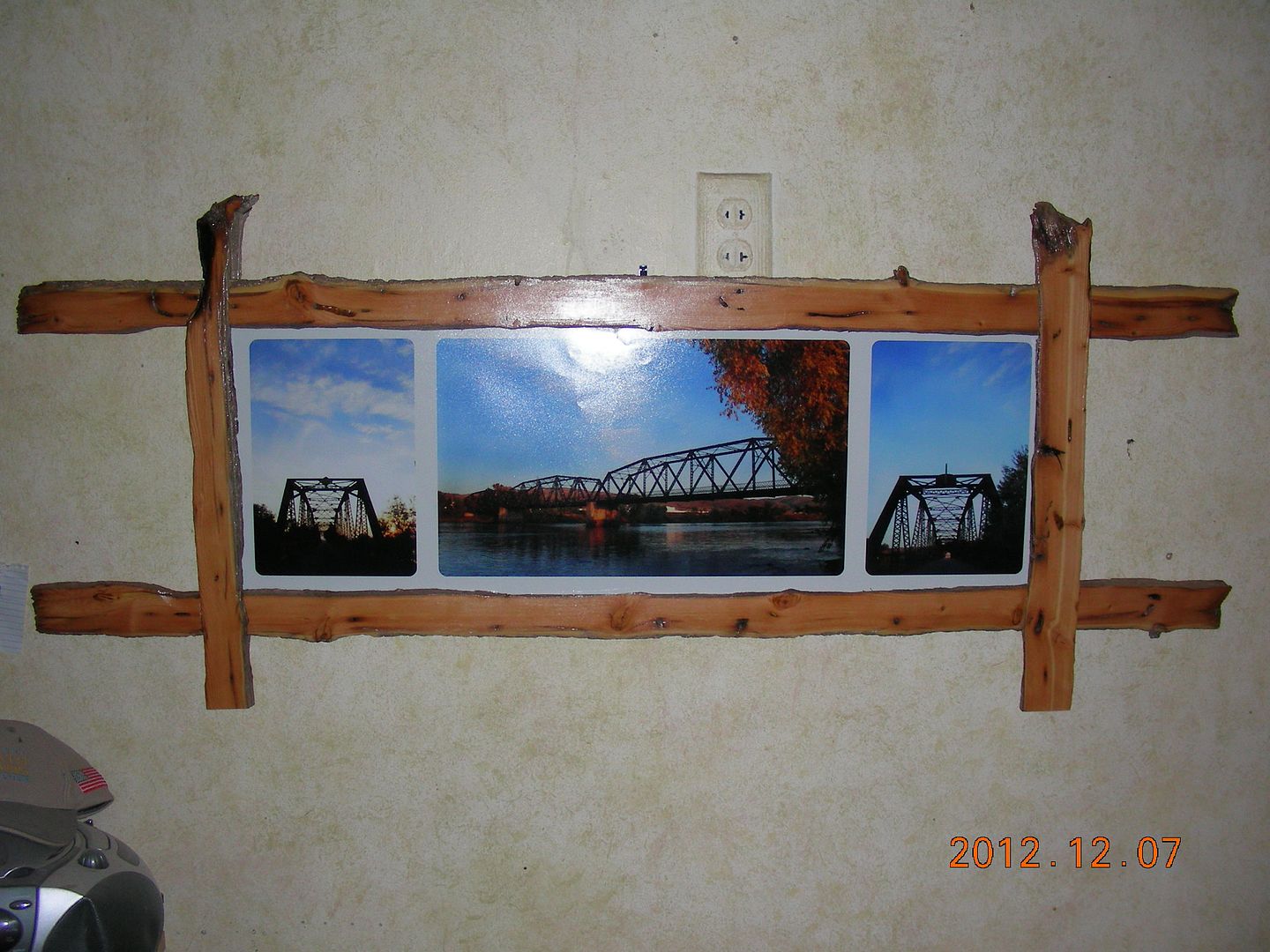Monday, March 31, 2014
Choice Make scrap wood wall coverings ideas





images taken from various sources for illustration only Make scrap wood wall coverings ideas
Thank you
Selling for free download woodworking software
Sunday, March 30, 2014
Beginner wood science fair projects guitars





Choice Wood working projects for the beginner





Above is a picture illustration Wood working projects for the beginner
See you
Selling for download free woodworking books
Saturday, March 29, 2014
Free diy woodworking plans bar





Thursday, March 6, 2014
An olio of ideas
*****
When I mentioned that I would be making a garden bench for tomorrows video, Jason Othoudt sent me over a picture of in indoor bench he built out of 2x4s, plywood, and box joints. Super cool design.
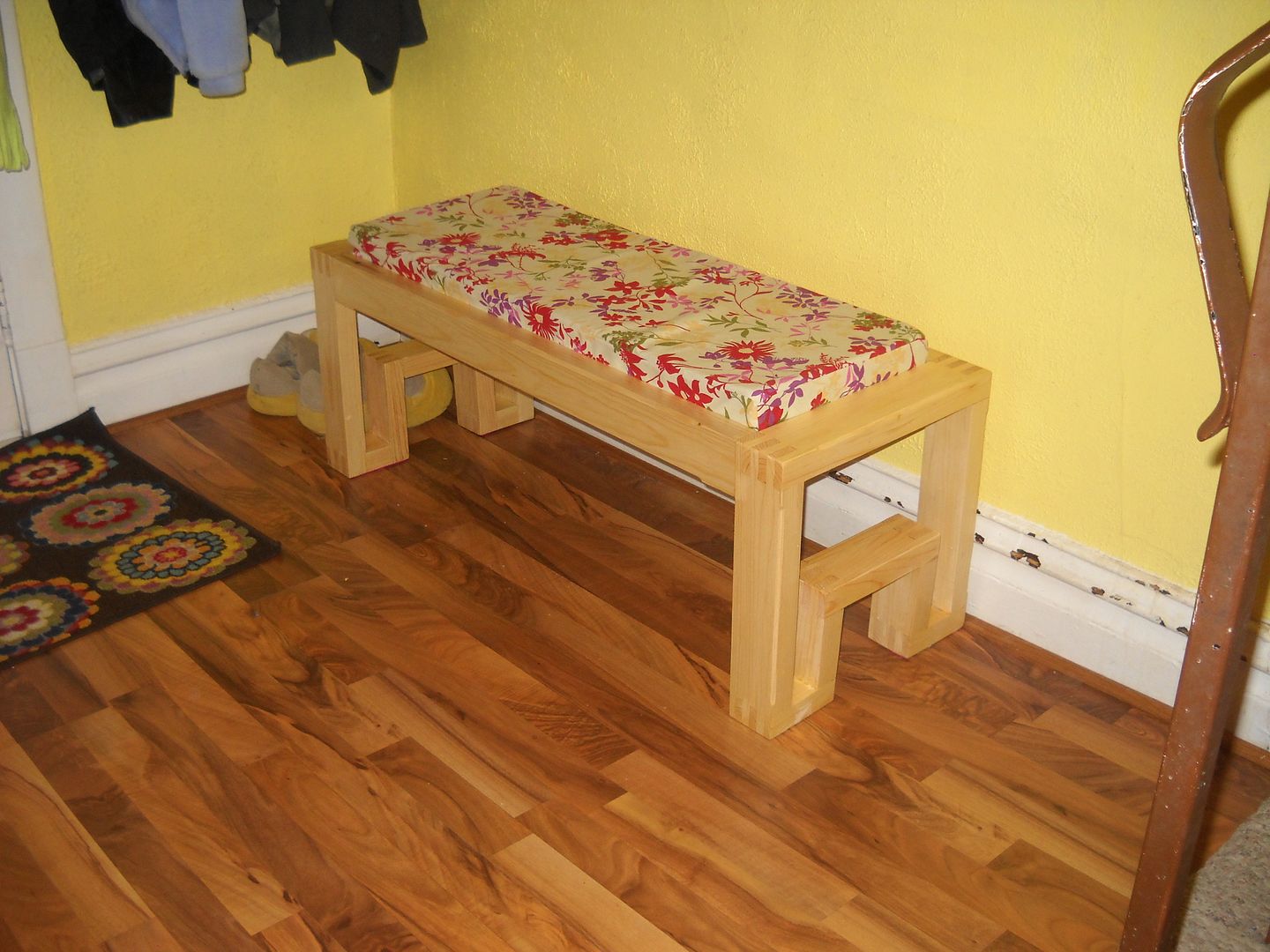
*****
Lucas Marques sent over a picture of his version of the guitar pick box made with Purpleheart.

*****
And heres one Dimitris Fragoulopoulos made for his brother.


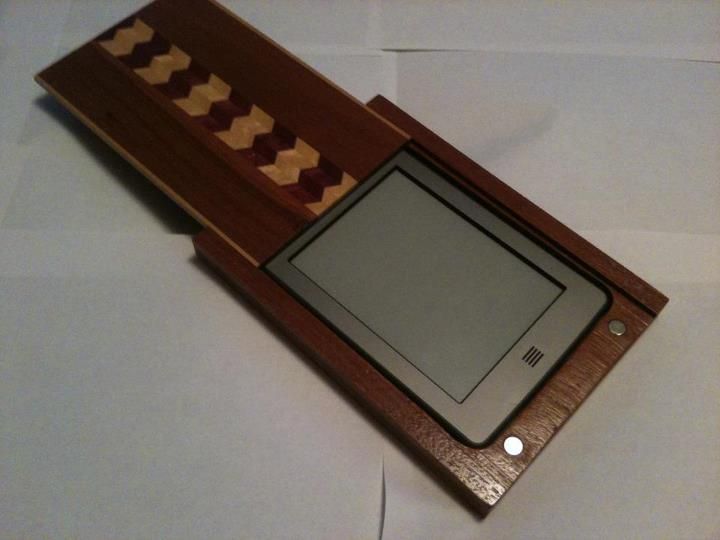
Wednesday, March 5, 2014
an in depth look at wood contact dermatitis
After the field trip on Wednesday cuasious about dangerous wood I did some reaserch and this is what I found. Only 2% to 5% of the population will develop an allergic sensitivity to one or more compounds found in wood. Contact dermatitis (allergic reaction from skin contact) from timbers is usually attributable to contamination of the skin during machining. Handling of solid wood rarely induces dermatitis, however any species that contains quinones, especially Dalbergia species, may do so. "The main effect is irritation." (An irritant is "something that can cause inflammation" or irritation.) ..."This can be caused by skin contact with the wood, its dust, its bark, its sap, or even lichens growing on the bark. Irritation can, in some species of wood, lead to nettle rashes or irritant dermatitis. These effects tend to appear on the forearm, backs of the hands, the face (particularly eyelids) neck, scalp and the genitals. On average, they take 15 days to develop." Latency periods can range from a few hours to several months. "Symptoms usually only persist as long as the affected skin site remains in contact with the source of irritation... Symptoms subside when contact with the irritant is removed. Sensitization dermatitis is more problematic and is usually caused by skin exposure to fine wood dust of certain species." (Sensitization is "an allergic reaction to a substance which is usually irreversible" resulting in hypersensitivity and susceptibility to being overly responsive.) ..."This is also referred to as allergic contact dermatitis and results in similar skin effects to those produced by skin irritants. Once sensitized, the body sets up an allergic reaction, and the skin may react severely if subsequently exposed to very small amounts of the wood dust. Cross-sensitization may develop where other woods or even non-wood materials produce a similar response." The culprit behind these allergies is a group of chemicals called quinones, often used to make dyes. These naturally occurring chemicals are produced as defensive agents against fungal and predator attacks (including woodworkers and jewelry collectors). Though they also have potential medicinal uses in non-allergic humans, quinones play a major role in allergic contact dermatitis caused by plants. The primary "allergens are benzoquinones or naphthoquinones but also compounds, such as catechols, coumarins, and other phenolic or flavonoid compounds, which are bioconverted [metabolized] into ortho-quinones or para-quinones." These derivatives can covalently bond to skin proteins. Since they are not recognized by the immune system, they are attacked. Catechol is a main constituent of urushiol, which is the allergen in poison ivy. It is possible that once sensitized to one of these quinones that cross reactions to similar quinones and/or structures can develop. There are other hardwoods that are notorious for causing dangerous reactions (which may include surprisingly strong reactions such as cardiac and nervous system effects, cancer, and genotoxicity), such as: afromosia (Periocopsis elata), Australian blackwood (Acacia melanoxylon), greenheart (Chlorocardium rodiei), mansonia (Mansonia altissima), sassafras (Sassafras albidum), and satinwood (Chloroxylon swietenia), as well as various softwoods such as: cedar (Thuja spp.), hemlock(Tsuga spp.), pine (Pinus spp.), and yew (Taxus spp)
This information was found http://wiki.bmezine.com/index.php/Wood_Hazards
Jared A
Amish Furniture

Early American Folk Art was "discovered" in the 1920s. It was around this time that Amish furniture, with its distinctive style, first started to gain attention with the folk art movement. Since then dealers and historians have placed great value on the beauty and quality of the pieces. The Amish, located primarily in Ohio and Shipshewana, Indiana, do not use electricity because of their beliefs. Therefore many of the woodworking tools in their shops use hydraulic and/or pneumatic power run by diesel engines. Amish craftsmen often do the detail and finish work by hand to ensure the finest quality - some craftsmen use old-fashioned hand tools.
Amish furniture comes in several different styles or schools. The Jonestown School began in the late 18th century in Lebanon County, Pennsylvania and is most widely known for its painted blanket chests decorated with hand-painted flowers on three panels.
 These chests are quite beautiful and several are on display at the Smithsonian Museum and the New York Metropolitan Museum of Art.
These chests are quite beautiful and several are on display at the Smithsonian Museum and the New York Metropolitan Museum of Art.  The Soap Hollow, Pennsylvania School specializes in furniture brightly painted in red, gold, and black.
The Soap Hollow, Pennsylvania School specializes in furniture brightly painted in red, gold, and black.Henry Lapp, a Lancaster County, Pennsylvania furniture maker and accomplished watercolorist, is responsible for the furniture designs that we think of today as being Amish. He was the first to abandon the painted German-style and opted for an undecorated, plain style similar to the Welsh furniture of the time.
 His order book (like a catalog) containing hand-painted watercolor representations of his pieces is a collectors dream, and is now on display at the Philadelphia Museum of Art.
His order book (like a catalog) containing hand-painted watercolor representations of his pieces is a collectors dream, and is now on display at the Philadelphia Museum of Art.Amish furniture making is often a skill passed down through many generations. Since most Amish children rarely attend school past eighth grade, they often help out in the wood shops and later become wood makers themselves.
No piece of furniture is ever identical because of the care taken to select the wood. Only 100% wood is used. There is usually no particle board or laminates used in the construction. Each piece of wood is hand selected to match the specific piece of furniture in mind. Craftsmen pay careful attention the grain when gluing the pieces together often trying to highlight the features of each individual piece.
The Amish, because of their beliefs, are prohibited from running websites (I guess its the electricity thing) but Amish furniture can be found online through non-Amish retailers. This makes Amish furniture available to those that might not be near an Amish woodworking shop. Online ordering makes it possible select the upholstery, stain, and wood of your choice. The furniture is directly shipped from the Amish wood shop to your home.
June Giveaway
Every month, we have various woodworking items up for grabs, including tools, accessories, and DVDs. This month’s super sweet items are listed below. The random drawings occur at the end of each month and the winners will be announced on our website. The contest is open to everyone, including our international friends.
One lucky winner will receive a copy of Sand Shading – Mastering the “Hot Sand” Method for Shading Inlays by Ralph Bagnall. If you ever plan on doing inlays, this is a technique you really need to know! Learn More!
One lucky winner will receive 3 Month Guild memberships. If you’re already a member, the time will be added to your account. Learn more about the Wood Whisperer Guild!
One lucky winner will receive a hard cover autographed copy of my book, Finishing: it ain’t over till it’s over. Over 70 pages of woodworking “common sense” advice! Learn more!
All you need to do is participate. Each month, we select the winners(s) randomly from the folks who comment on our videos and blog posts (this one doesn’t count). So the more you comment, the better your chances of winning! Good luck!
Tuesday, March 4, 2014
Abigail building the garden bench
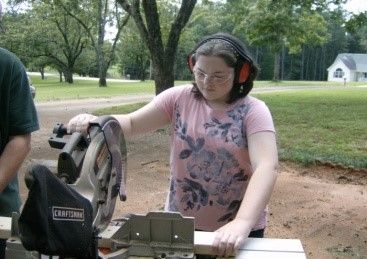
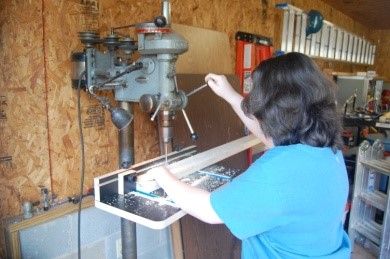
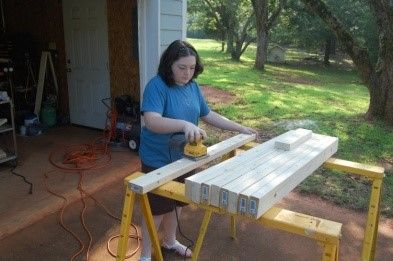
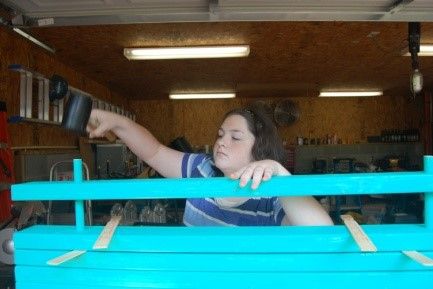
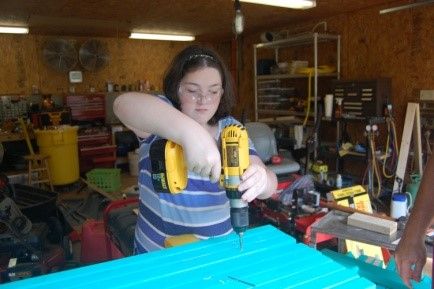
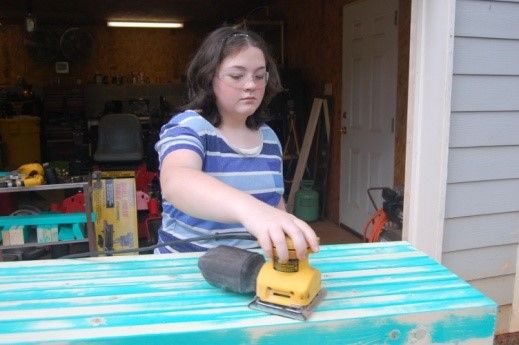
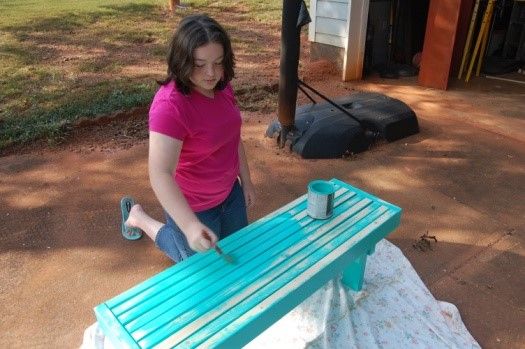

Beer camp!
However, he is also in a bowling league. Today, while observing him and the other bowlers, I happened upon this drink coaster:


Working wood is the easy part


I organized my "very special" cut-offs that I will never use into their own dedicated box:






Monday, March 3, 2014
A window blind rainstick
Many people give new life to old wood pallets. I like to scour Craigslist for free stuff — old desks, shelves, chairs, whatever — that I can take apart and salvage their once-beautiful woods. A little sanding, a few passes through a planer, and even the most horrific-looking wood is as good as new. Not only is lumber (and paper, I might add) a renewable resource, but it recycles well. Its what woodworkers have always known and practiced without having to announce it on bumperstickers or eat tofu.
I was delighted to see that Philippe Chretien came up with the clever idea to reuse some old window blinds and make his own rainstick! I love how long the rain sound lasts in his version. Also, Phillipe has posted detailed instructions on Instructables.com. Rock on Philippe: a true Mortal woodworker.
If youve made some cool new stuff out of old stuff, lets see it! If you havent signed onto the Mere Mortals Facebook page yet, head on over. I recently figured out how to let users upload their own project photos. (Yeah, Im a little slow on the learning curve.) There are already a whole bunch of pictures and great ideas. Show us what youve got!
Shaker Cabinet

Twas a fortnight before Christmas
And dont forget, this Friday is the Mere Mortals Very Special Christmas Special! Dont miss it if you can.


Heres Steve Pretsch working on a train. Trains make for great outdoor decorations too.
